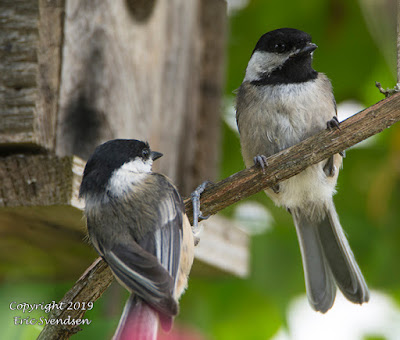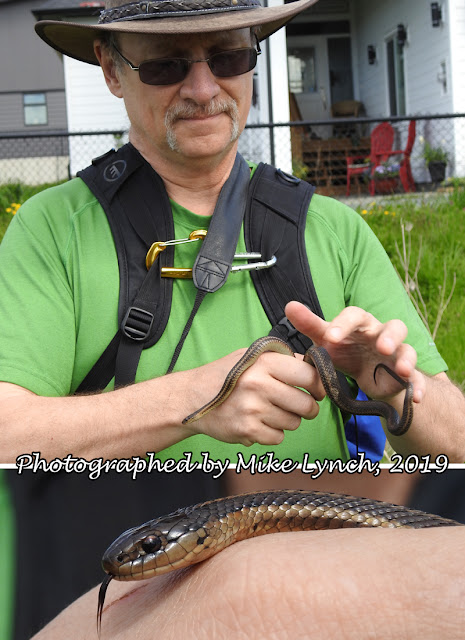Cane toads
 |
| Juvenile Cane Toad, Fiji |
The cane toad is native to South America, where it has evolved over millennia and fits into its ecosystem in a balanced way. There are natural mechanisms in place that prevent its population from getting out of control. But take it away from there and introduce it to a place where those mechanisms don't or can't exist, and you are asking for a disaster in the making.
Australia is currently having a very challenging time with the cane toad. Brought to help keep pests controlled in the sugar cane fields, they quickly spread and started their march across the country. They are effective predators and breeders; their young can out compete native organisms for food in the water ways and the adults are voracious insect feeders. The thing that makes them a really big problem though is their poison glands.
Cane toads, as most amphibians do, have skin which makes a poison. Some amphibians produce toxins that are hardly an issue at all (leopard frogs, for example), while others produce toxins that kill by simply touching the skin (poison arrow frogs). The cane toad keeps it poison stored in sacks called paratoid glands. All toads and frogs have them, but the poison dept in the paratoid glands of cane toads is deadly to most everything that eats it. This includes even resilient beasts such as crocodiles. One cane toad, and that is the end of your dog, the lizard or snake, the crocodile, the bird. They are breeding and killing their way across country.
I came upon this particular cane toad while we were visiting a farm in Fiji. And there was not just one of them, there were dozens of them. Not particularly difficult to find, they were absolutely everywhere. If there were tractor tracks somewhere you would find a couple of flattened cane toads somewhere along its path.
Nations are beginning to understand the risk of bringing new things into their lands, which is why so many countries are now being extremely careful about what comes into the country. All it takes is one or two of something to start a whole new wave of destruction. It is very late in the game, but fortunately some progress is being made regarding curbing some of these invasive organisms. It is slow and expensive, and not always successful. It would have been a whole lot better if the invasion had never taken place at all.



Comments
Post a Comment